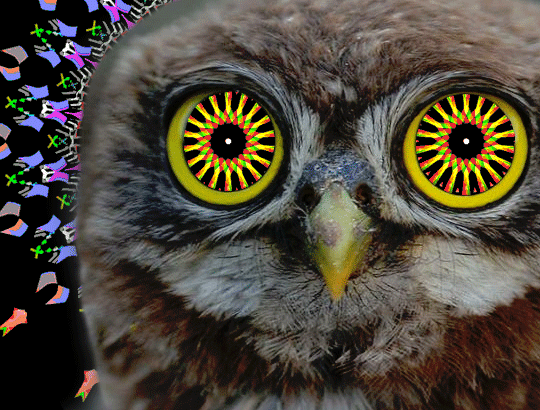Keep in mind I'm paraphrasing this from memory but:
"In my main line of work, we breed fruit flies. We noticed that the some of the more aggressive males would fight over a bit of land, plant, whatever, to court females. We wondered what would happen if we only let the aggressive flies breed, and within 10 generations we had flies that were like Hercules (fruit flies breed very fast which is why they are used to study genetics and evolution). We then reintroduced them back to the more natural population of flies. What ended up happening was; while the aggressive flies were busy fighting, the non-aggressive males were hanging out with the females and making babies. The aggression was quickly bred out and after a couple of generations it went back to initial levels. We often hear the phase 'survival of the fittest' in this field of study, but just a reminder that it doesn't always mean what you think it means."
I thought that was an interesting aside that you might enjoy. ![]()


IMO; it's a consequence of the development of class society out of primitive agrarianism, and specifically, pre-gunpowder methods of conflict. When the most reliable way to stay alive in a given conflict is to be the last to back down from it (most casualties in warfare prior to gunpowder were almost always inflicted during a rout), then that's inherently going to select for people who are unusually aggressive.
That falls within the context & confines of aggressive masculinity, or at the very least "Masculine Hyper-aggression". Yeah, a lot of classical heroes, be they Eastern or Western had what we today would consider "feminine presentation", but those weren't understood as being feminine back then, and nearly all of them were some combination of psychotically violent & relentlessly self-interested.